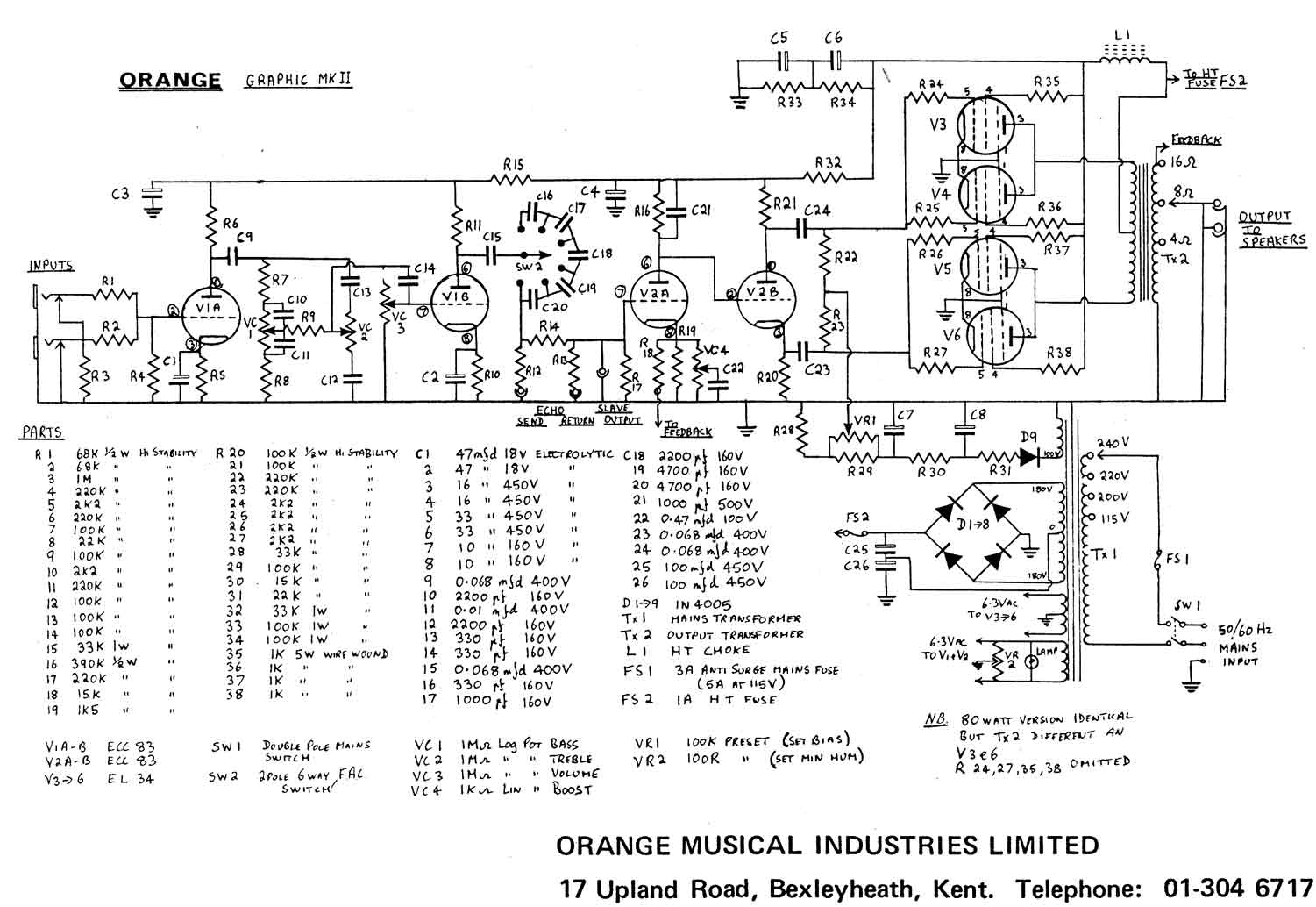To reinforce what Juan says, If you want to be able to overdrive the output stage then the cathodyne splitter is NOT the correct choice. Use the differential splitter (Schmitt or longtailed pair) or even an old fashioned paraphase instead.
I'm not going to rehash the debate about the output impedances of the cathodyne at the anode and cathode when the anode and cathode loads are equal. Its been done to death, particularly over at DIYAudio. The take away note from all of the theory and modelling which has been done, is that those anode and cathode output impedances ARE equal (approximately = 1/gm) while the loads are equal (due to feedback effects) but they rapidly become VERY unequal as soon as you drive hard enough for output tubes to start to conduct grid current.
The advantage of the Cathodyne splitter for HiFi (when you are not driving output tubes into grid current) is the exceptionally low output impedances which allow driving of the output tube Miller capaitance to higher frequencies. This is something which is not required in a Guitar Amp.
Using an inappropriate circuit and then trying to fix its "warts" is just bad design.
It is significant to note that the next model of that Goldentone I referenced, abandonned the Cathodyne Splitter and used a Long Tailed pair instead.
Cheers,
Ian
I'm not going to rehash the debate about the output impedances of the cathodyne at the anode and cathode when the anode and cathode loads are equal. Its been done to death, particularly over at DIYAudio. The take away note from all of the theory and modelling which has been done, is that those anode and cathode output impedances ARE equal (approximately = 1/gm) while the loads are equal (due to feedback effects) but they rapidly become VERY unequal as soon as you drive hard enough for output tubes to start to conduct grid current.
The advantage of the Cathodyne splitter for HiFi (when you are not driving output tubes into grid current) is the exceptionally low output impedances which allow driving of the output tube Miller capaitance to higher frequencies. This is something which is not required in a Guitar Amp.
Using an inappropriate circuit and then trying to fix its "warts" is just bad design.
It is significant to note that the next model of that Goldentone I referenced, abandonned the Cathodyne Splitter and used a Long Tailed pair instead.
Cheers,
Ian

Comment